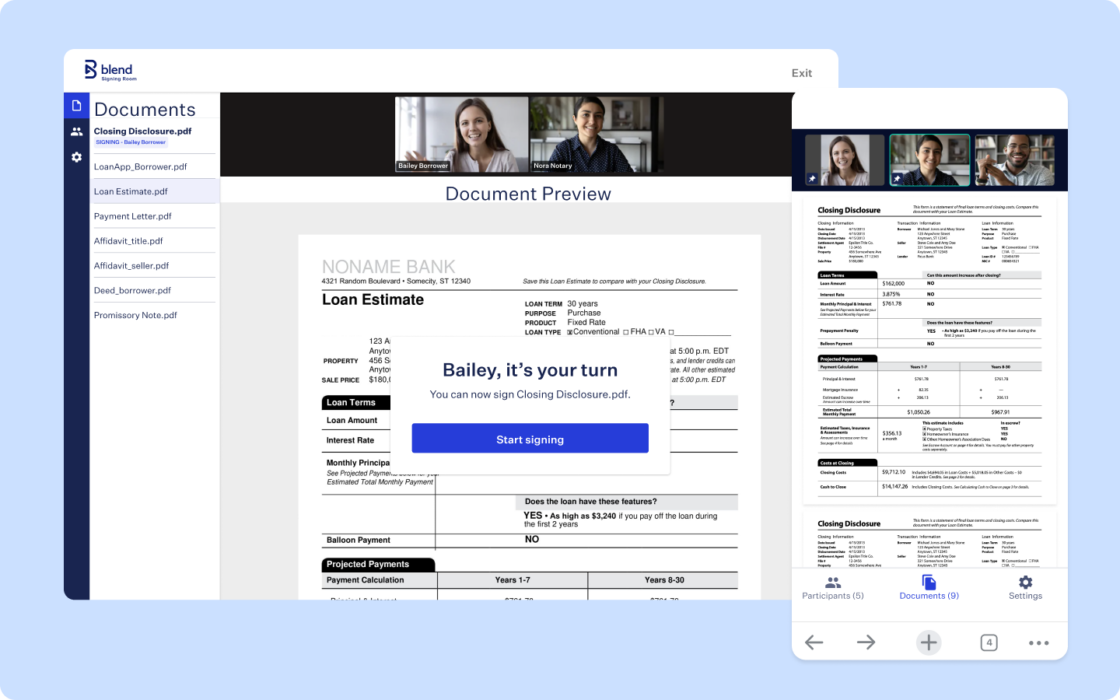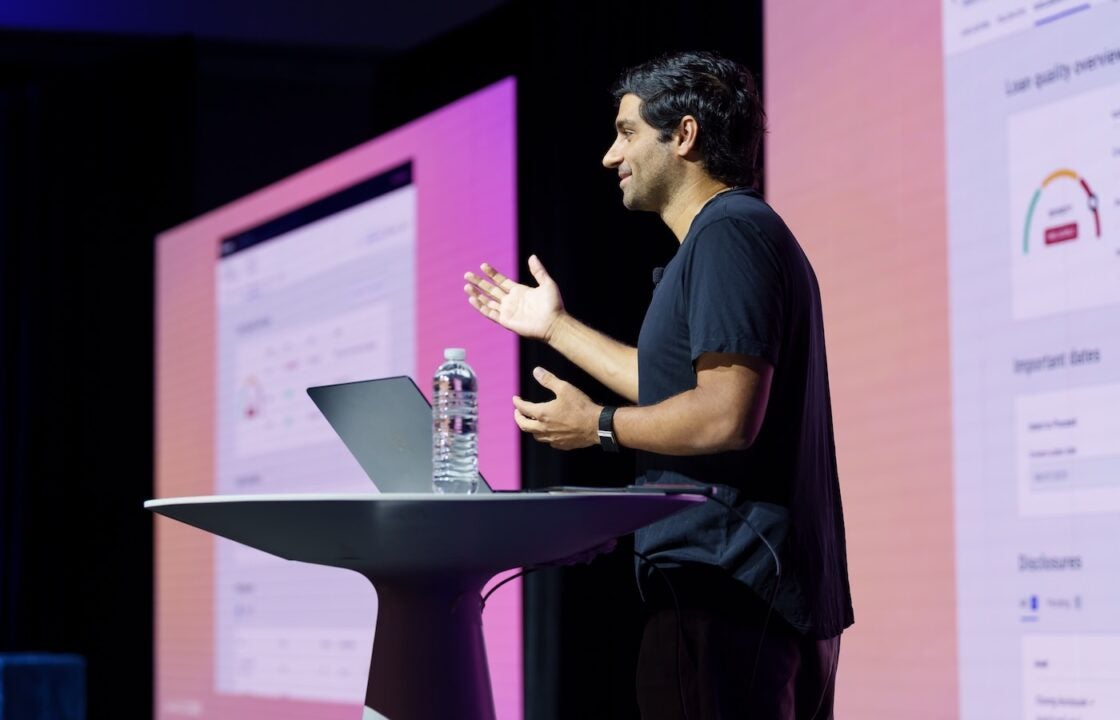March 17, 2022 in Challenges and solutions
Unpacking the motivation behind recent banking customer experience trends
Pioneering banks are focusing on financial wellness, improving trust, and anticipating customer needs.

There’s no doubt about it: today’s customers want more from their banking experience. Increasingly digital and discerning, they trust their bank less and they are more likely to take their business elsewhere if they don’t get the service they are seeking.
By unpacking the motivation behind recent banking customer experience trends, and adapting their offering accordingly, banks can be better equipped to achieve success.
Five key banking customer experience trends
As consumers spend more time online, the way they shop, travel, and communicate is changing. It’s never been so easy to purchase an item mid-scroll on your social media feed, to catch up with friends, or to book a cab. The banking experience can and should be equally as user-focused.
With this in mind, let’s dig into a few recent trends, as uncovered by the latest analyst research.
Trend #1: Anticipating needs
Banks most able to deliver on customer-centricity are those that can adapt their products in a dynamic way, anticipating customer needs at the same time. Gartner research suggests banks should “sense and adapt to the context and situation of the customer, be that financial, physical or virtual.”
According to Gartner, this can be achieved via the adoption of open APIs and artificial intelligence (AI). Gartner says 62% of financial services organizations now have public APIs (up from 39% in 2018). However, according to Cornerstone Advisors, just a handful have embraced machine learning, chatbots, or other types of AI to date.
Through technology and responsible data stewardship, financial providers can leverage information provided by the consumer to proactively tailor a range of product recommendations that align with the consumer’s financial reality.
Trend #2: Supporting financial wellness
Consumers’ overall wellbeing can be negatively affected by their financial situation. In fact, according to a survey by Deloitte, 49% of women and 41% of men say this is the case. Recognizing this, banks are increasingly making financial health a priority.
“We define financial wellbeing as the condition wherein a person can fully meet current and ongoing financial obligations, feel secure in their financial future, and is able to make choices to be able to enjoy life,” said Aurélie L’Hostis, a senior analyst at Forrester, in the ‘What it Means’ podcast.
L’Hostis believes that, while many financial institutions present themselves as being committed to supporting their customers’ financial wellbeing, actions speak louder than words. She sees many efforts falling short. “We’ve seen a substantial drop in consumer trust,” she said. “They don’t believe banks have their best interests at heart.”
She also said that, while a large number of banks have improved their tools that help customers get a grip on their finances, the majority of personal management tools haven’t really caught on with customers. “Current tools are not well-integrated into digital banking applications,” L’Hostis said. “They are too static and generic, requiring a lot of manual input. They are time-intensive and not easy to use.”
This suggests that those banks that can evolve their financial wellbeing tools, and in turn support financial stability, may have an advantage over the competition. And when banking staff have access to technology that limits the burden of routine daily tasks, they can invest their time in customized financial stewardship services that supplement automated financial wellness offerings.
Trend #3: Improving trust
In order to move towards a future where financial services staff can anticipate banking customer experience trends, make personalized suggestions, and support financial wellbeing through innovative tools, trust is key.
“The customer will need high levels of trust in their service provider and advisor to enable them to enact these purchases on their behalf,” said Gartner analysts Sham Gill, Alistair Newton, and Laurie Shotton in a recent report. “Think of a retail banking customer knowing throughout their day that their financial services provider will be actively helping them save money, plan for expected and unexpected events, protect their data and assets, and insure them against adverse outcomes.”
Today, however, consumers are more likely to turn to friends and family when they are in a time of financial need than they are their bank, according to Accenture. And less than half of customers trust their bank to look after their long-term financial well-being.
Luckily, there are many tools banking staff can leverage in their aim to build trust. In addition to assurances and transparency, delivering a consistent user experience can help. This provides familiarity for consumers as they navigate various product experiences across the bank, which can boost feelings of comfort and security.
Trend #4: Strengthening digital functionality
The Covid-19 pandemic drove an increase in consumers adopting digital versions of historically in-person activities — and not just for their banking services. As a result, expectations for online experiences have increased.
“What the COVID-19 crisis did was make consumers increasingly aware of the digital solution providers that were empathetic to their need for simplicity and transparency,” said Jim Marous, Co-Publisher of The Financial Brand and CEO of the Digital Banking Report. “No longer will financial services firms be compared to other banks and credit unions. Instead, they will be compared to those companies that have removed friction and made life easier.”
This illustrates the need for digital experiences that are seamless and intuitive. Delivering on this banking customer experience trend can be incredibly fruitful.
Trend #5: Fostering human connection
While many consumers prefer to bank via digital channels, research suggests they still value a human connection, especially when making important financial decisions. In fact, face-to-face experiences in-branch influence customer satisfaction by double that of online or mobile channels.
Personalization during every part of the banking experience can help support this human connection. However, what’s perhaps most important is to free bankers from the mundane and repetitive tasks that take up so much of their valuable time. With less time spent on manual tasks, they can better prioritize people over paperwork and become a trusted advisor to their customers.
How can banks deliver on these trends?
Technology can help banks deliver the modern experiences that today’s consumers demand, putting power back in the hands of financial institutions that may be held back by disparate, incumbent technology solutions.
Blend’s cloud-based platform can power end-to-end customer journeys for any banking product, including deposit accounts, credit cards, personal loans, home equity, and vehicle loans. Our technology is designed to reduce rote daily tasks so banking staff can focus on meeting the expectations of modern consumers through personalized service.

Ready to see how Blend can help you stay ahead of shifting banking trends?
Find out what we're up to!
Subscribe to get Blend news, customer stories, events, and industry insights.


